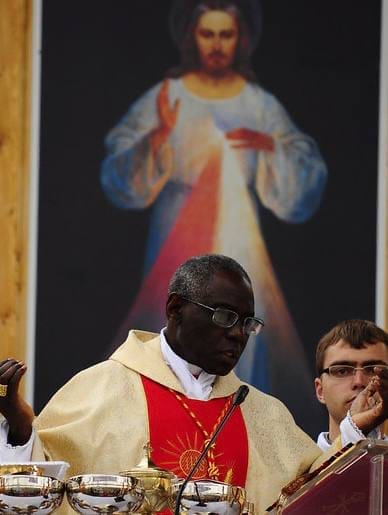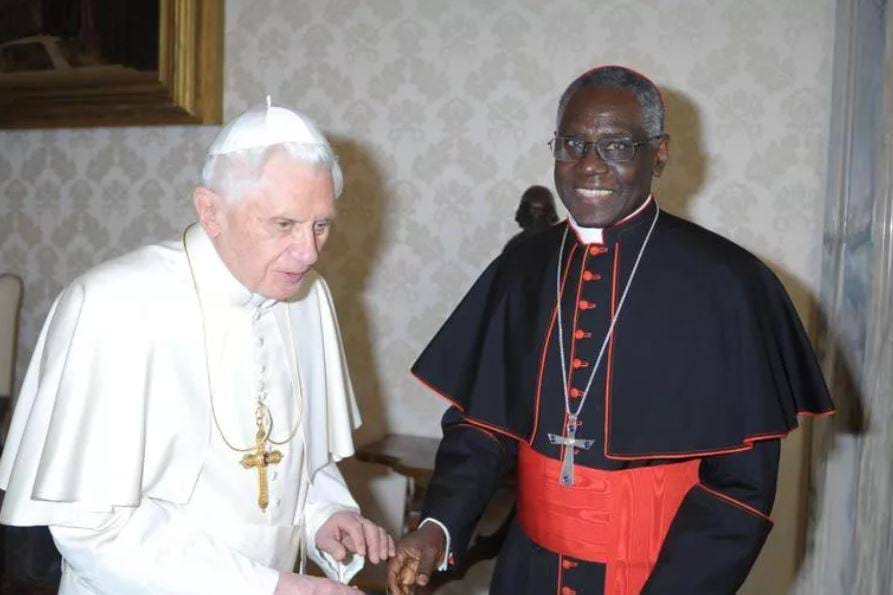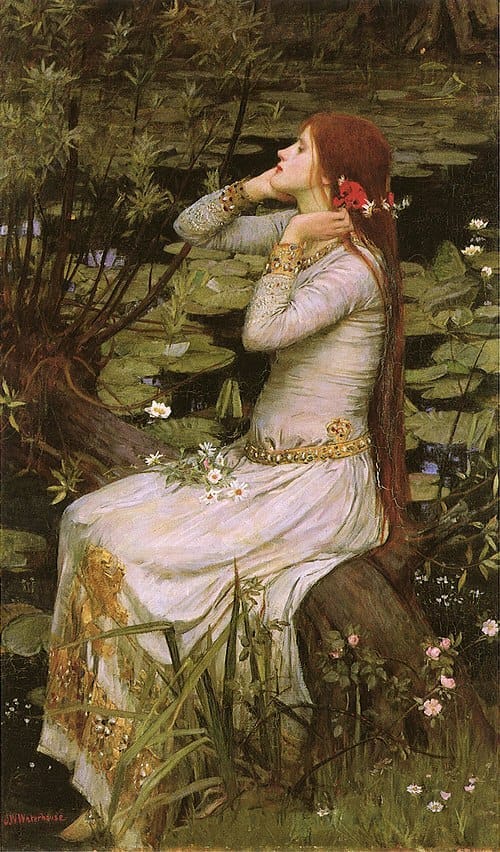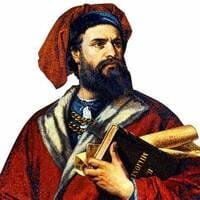Cardinal Robert Sarah: The Silent Fire in the Church
In a Church drowning in noise and compromise, Cardinal Sarah stands like a lone candle in a dark cathedral—burning quietly, consumed by silence, so that only Christ may be seen.
Table of Contents
Today’s feature comes from Art Beyond Subjectivity, a rising force on X known for bold takes and rare insights. He brings us a powerful profile of Cardinal Robert Sarah—one of the more discussed figures in the Catholic Church today.
In the premium section, we journey into the world of art shaped by Shakespeare’s words, visit the Basilica di Santa Maria Maggiore—soon to be the resting place of Pope Francis—and end with a look at five timeless symbols that define the papacy.
Most people have never heard his voice. But Cardinal Robert Sarah’s silence echoes louder than many sermons. Born in 1945 in a remote Guinean village, he grew up the son of Christian converts, raised in a home steeped in prayer, discipline, and hard work. At just 11, he entered seminary. By 24, he was a priest. At 34—during an anti-religious regime—he became the world’s youngest archbishop.
His rise wasn’t fueled by ambition or noise. It was conviction.
Trained in Rome, Paris, and Fribourg, Sarah mastered multiple languages and kept a low profile. He became known not for speeches but for substance. Three popes trusted him: John Paul II made him archbishop, Benedict XVI made him cardinal, and Pope Francis—despite stark differences—named him Prefect of Divine Worship.
Sarah’s mission is clear: restore the sacred. He believes the Church has drifted from reverence. For him, liturgy isn’t performance—it’s an encounter with God. His books, God or Nothing and The Power of Silence, have become rallying points for Catholics who feel adrift in a noisy, confused world.
He has no social media. Yet his words flood it. Quotes, clips, and book excerpts are shared daily, especially among younger and traditionalist Catholics who see in him a beacon of clarity.
Sarah during the Procession of the Holy Blood in Bruges, Belgium, in 2009. Photo By Carolus - Wikimedia, CC BY-SA 3.0.
But his name sparks debate. To progressives, he’s too rigid—especially on gender and liturgy. He’s openly criticized trends in the Church but never attacked its authority. Always obedient, always united.
Now, as talk of succession grows, his name rises. His African roots, theological precision, and spiritual weight make him a serious contender. For some, his election would be a cultural shift. For others, a return to the roots.
Cardinal Robert Sarah meets with Pope Benedict XVI on March 11, 2011, in Vatican City. Photo by Vatican Media.
Whether he wears white or not, his influence is real. He calls the Church not to adapt, but to kneel. In a world that shouts, he whispers. And perhaps that’s the point.
He must disappear—so Christ can appear.
Most people have never heard of him.
But Cardinal Robert Sarah might be the most important voice in the Catholic Church right now.
He’s quiet. Traditional. And some think he could be the next Pope.
Let me tell you why that matters. 🧵
— Art Beyond Subjectivity (@JScotteswood)
5:53 PM • Apr 22, 2025
“Let me say this once more: God never tires of forgiving us; we are the ones who tire of seeking his mercy … Time and time again he bears us on his shoulders. No one can strip us of the dignity bestowed upon us by this boundless and unfailing love.”
Pope Francis
You’ve seen his words quoted.
His plays re-staged.
His characters meme-ified.But what if I told you Shakespeare shaped the way painters, sculptors, and illustrators captured emotion for centuries?
This isn’t just about literature. It’s about art history. 🧵
— Culture Explorer (@CultureExploreX)
10:20 AM • Apr 24, 2025
Art
Keep reading with a 7-day free trial
Subscribe to The Culture Explorer to keep reading this post and get 7 days of free access to the full post archives.








